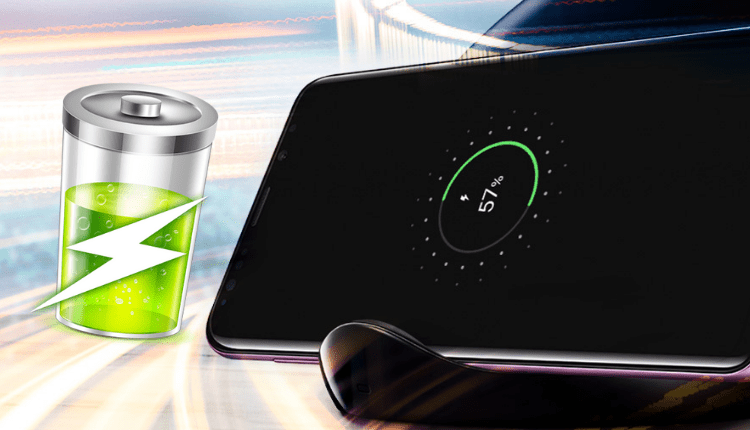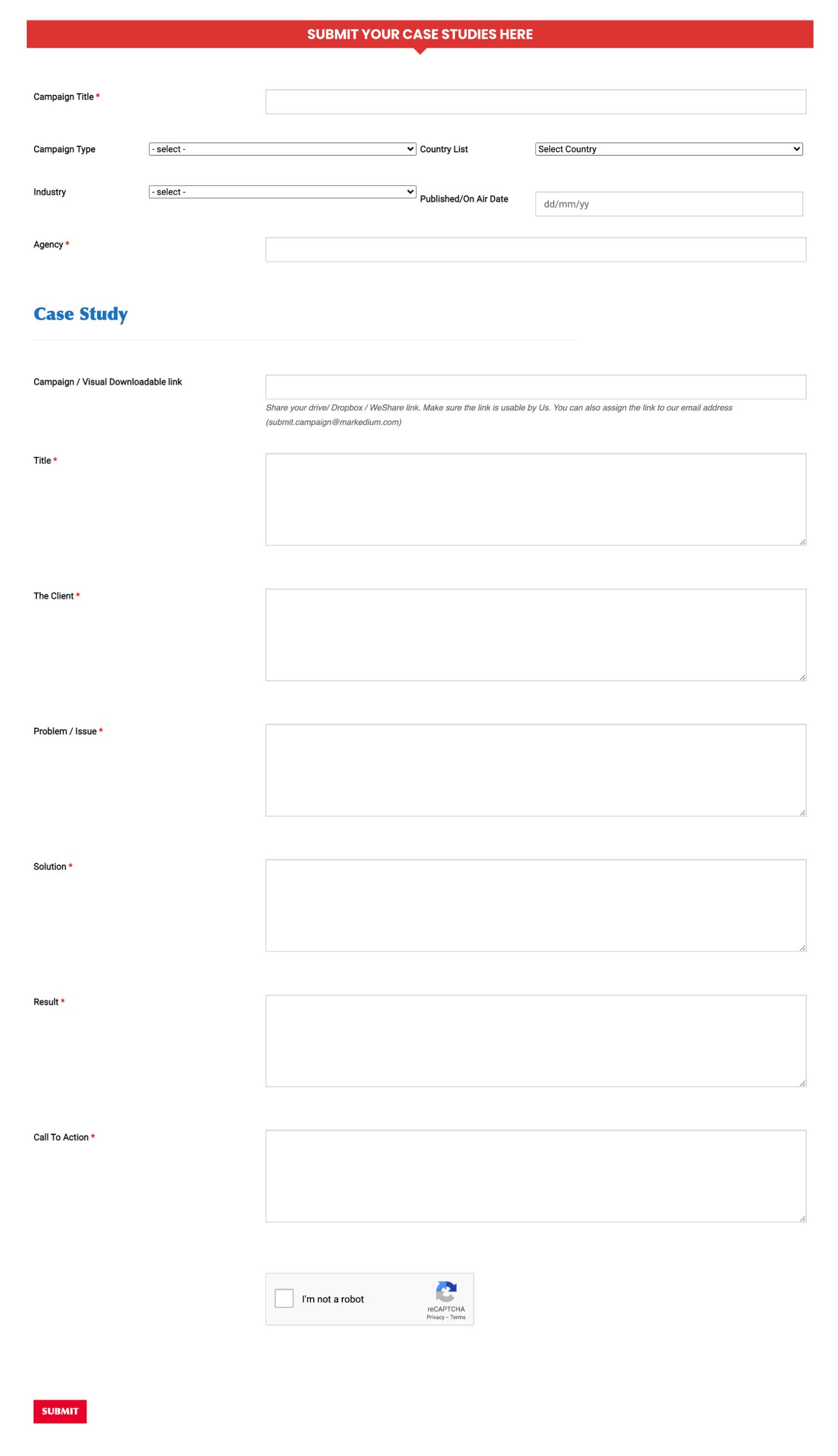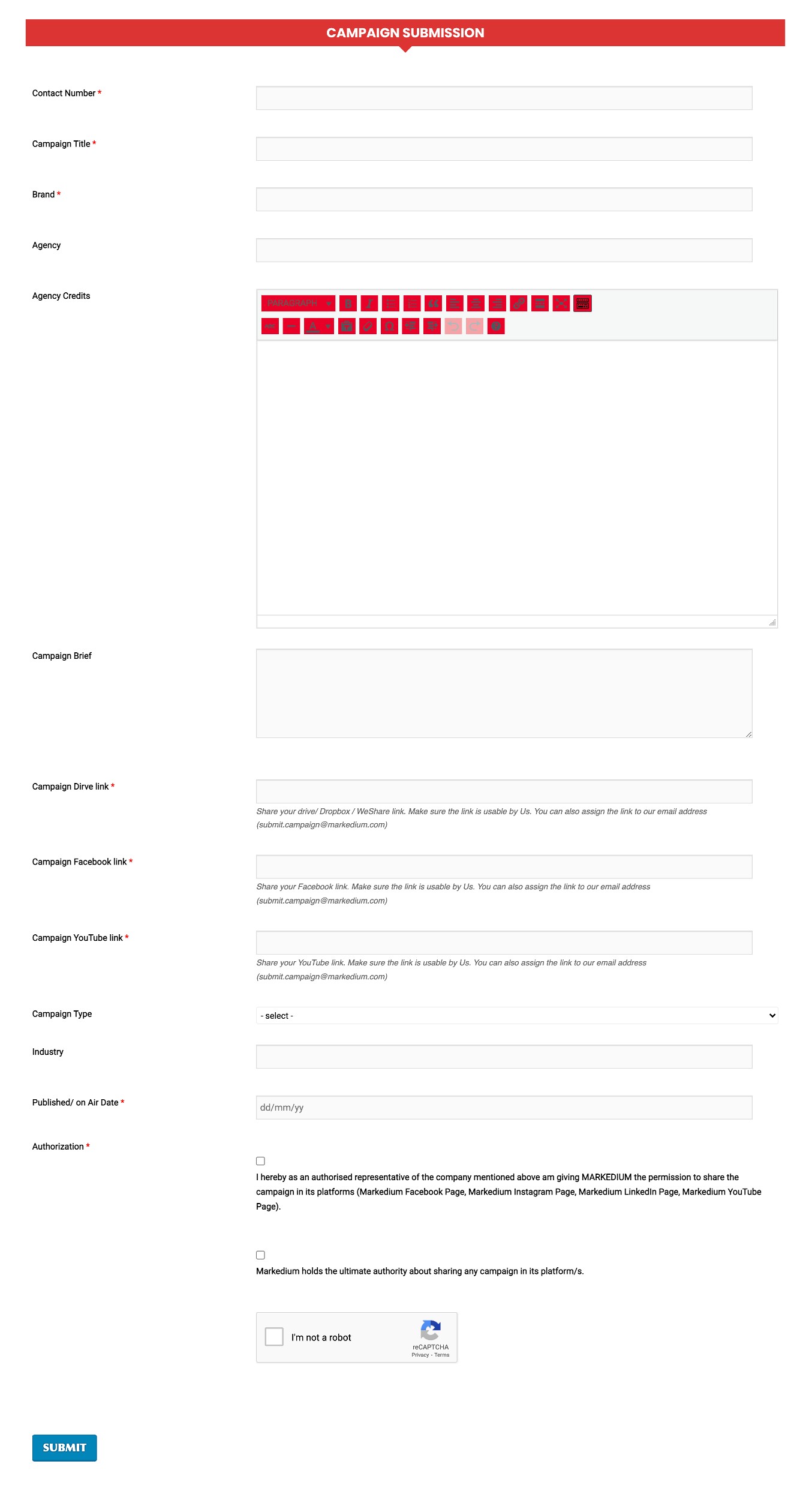
Fast-Charging: A Silent Killer for Your Battery3 min read
We are often in a rush to keep pace with time. On the other hand, our smartphone is an unavoidable tool for both official and personal work. Running out of battery is a concerning thing. This is why fast charging is an attractive feature to all of us. But is it a silent killer of the phone’s battery? That’s a common vital question.
Fast charging basically works in phases to protect the battery. So, apparently, it is not dangerous or harmful to battery health.
Alongside having the smartphone, you need a fast charger to output the required wattage. Every smartphone’s battery has a particular capacity and the charger never overloads it.
Anything above 10W (10 watts) is considered a fast charging rate. However, there’s no industry standard for that. Smartphone manufacturers like Samsung, OPPO, OnePlus, and Apple have set the current fast-charging standard at 30W. Some Android smartphone manufacturers even offer 55W or 65W chargers.
Lithium-ion batteries charge in three phases. Fast charging literally happens only during a certain and limited time period. This is why the device charges faster to a certain percentage but longer to fill the battery.
The phases are— slow and trickle charging, a constant current phase where voltage increases over time, and a final constant voltage phase where the current is slowly reduced to prevent overcharging and damage to the battery cell.
Read more: Messenger Added Around 2.9 Million Users In Bangladesh in March 2022
Fast charging generates more heat than slow standard charging. Excessive heat can degrade lithium-ion batteries. As a result, it may shorten the battery’s lifespan. So, a fast charger is expected to last shorter than a standard one.
However, the fast charging system itself optimizes the heat. The phone may automatically turn off fast charging if the device’s temperature exceeds a certain level. Manufacturers mitigate the negative impact of fast charging technology using a dual-battery design. In this design, the two batteries share the high input load during the fast-charging phase and prevent damage.
Read more: WHY DO MANY SMARTPHONE MANUFACTURERS ADVERTISE A FAST CHARGING WINDOW?
Besides, smartphones have a dedicated management system to take care of charging and preventing the battery from being damaged by a high input charge. Apple’s optimized battery charging is a good example of this.
So, there’s no need to worry much about the effects of fast charging on your beloved device. Yet, it is better to use a fast charger only when the phone needs to be charged in a hurry or to use a standard charger otherwise.
There is a myth that a smartphone’s battery percentage should be nearly zero before charging and then charged up to 100 percent to extract maximum battery life. This is not true. You can plug in the charger at any stage.
However, experts suggest charging a fast-charging smartphone when the battery charge level reaches down to 20-30 percent and unplugging it at around 80-90 percent. It is better not to use your smartphone and keep it in airplane mode while fast-charging.
For more updates, be with Markedium.


